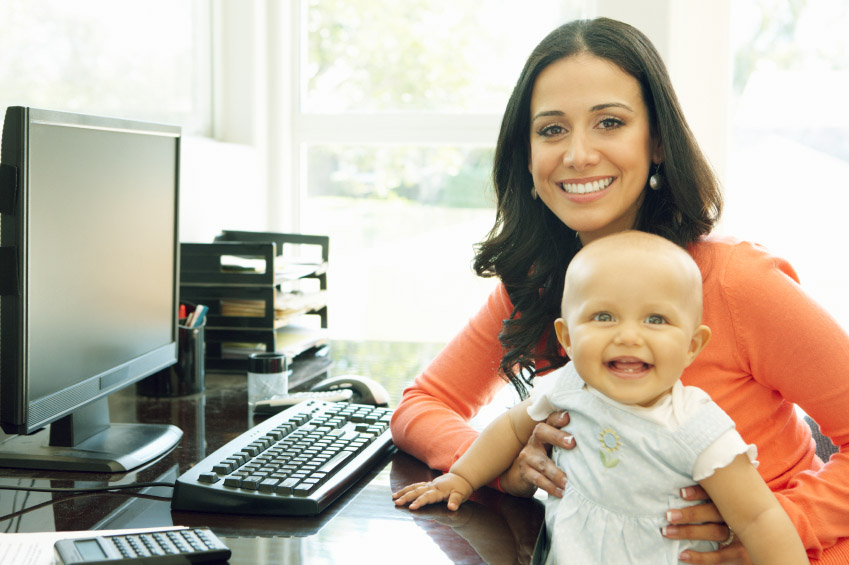
In the flipped classroom homework is done in class and traditional class work is done at home. This way round, students learn the theory at their own pace and then explore practical application in a collaborative group environment.
The concept is illustrated in a program at Southwestern. Chemistry lectures delivered by Professor Maha Zewail-Foote are presented via video link to students the day before their face-to-face teaching time. How students interact with the video frames the content of the classroom session the next day. Comprehension is checked during the video and at the end there is a mini assessment to confirm overall understanding.
Student reaction to this approach has been positive as it allows students to pause the video to rewind and check understanding rather than sitting passively making notes in a lecture hall. Ms Zewail-Foote’s view is that she can pack as much content into a 10 minute video lecture as she can a 20 minute classroom lecture and students can review content they don’t immediately understand as many times as they like.
Since 1999 the National Center for Academic Transformation has helped redesign over 300 courses on 159 campuses, often using a flipped format. Many of the redesigns have been in remedial maths funded by the Gates Foundation and there is now a call from Bill Gates to extend the flipped classroom idea into MOOCs for Community Colleges as part of a 2 year program to improve teaching quality, student achievement levels and reduce costs.
The move to dramatically extend the flipped classroom concept into online learning will need a profound change in attitude from college instructors and potentially additional training for instructors to move from “sage on the stage” to “guide on the side”. Even so, in an academic world looking for new cost models for MOOCs flipped classrooms offer an exciting way forward.
Perhaps the most compelling argument for the extension of the flipped classroom experience into the wider MOOC world is the fact that the technology behind MOOC delivery has allowed instructors like those at Southwestern to examine and monitor how their students learn like never before. With student study practices factored into both the ongoing refinement of MOOC content and in the personalisation of the responses students get from their instructors, educational needs can be targeted in a way never seen before.
A recent report into the future impact of MOOCs by the Open University in the UK highlighted: “MOOCs represent the best opportunity we’ve ever had for studying how people learn”. Harnessing this learning to benefit students is a massive opportunity for Colleges and Universities worldwide and flipped classrooms are already putting some of these findings into practice.
